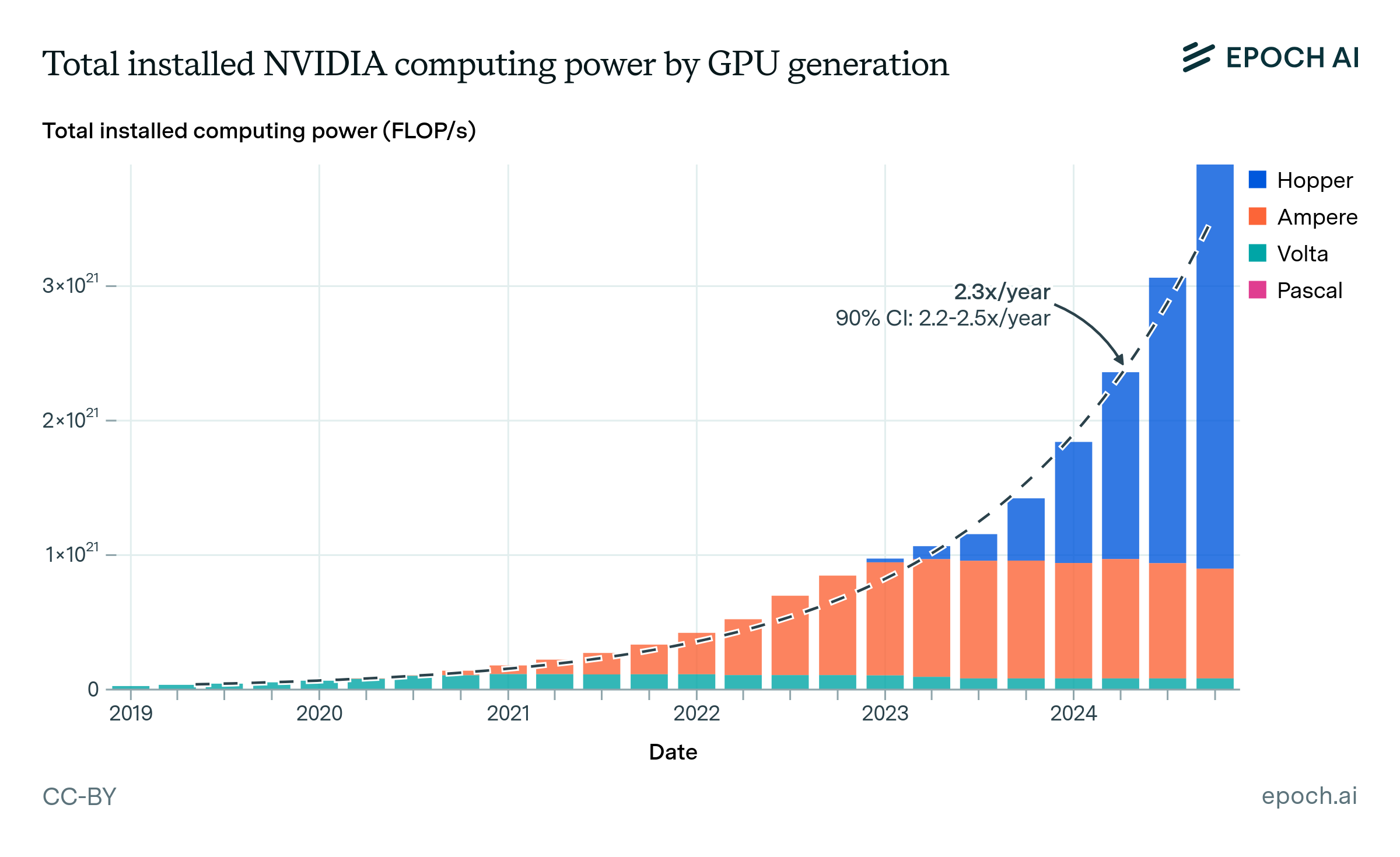Acquisition costs of leading AI supercomputers have doubled every 13 months
AI supercomputers have become increasingly expensive. Since 2019, the cost of the computing hardware for leading supercomputers has increased at a rate of 1.9x per year. In June 2022, the most expensive cluster was Oak Ridge National Laboratory Frontier, with a reported cost of $200M. Three years later, as of June 2025, the most expensive supercomputer is xAI’s Colossus, estimated to use over $7B of hardware.

Published
June 5, 2025
Learn more
Data
Data come from our AI Supercomputers dataset, which collects information on 728 supercomputers with dedicated AI accelerators, spanning from 2010 to the present. We estimate that these supercomputers represent approximately 10-20% (by performance) of all AI chips produced before 2025. We focus on the 502 AI supercomputers which became operational in 2019 or later, since these are most relevant to modern AI training.
When cost figures are not explicitly reported, we estimate the cost of a datacenter by first estimating the hardware costs from chip quantities and public pricing information. We then factor in the expected cost of additional hardware such as networking switches and CPUs. Notably, we do not include the cost of power generation or data center construction. All cost figures are inflation-adjusted to January 2025 dollars.
For more information about the data, see Pilz et. al., which describes the supercomputers dataset and analyzes key trends, and the dataset documentation.
Analysis
To estimate a trend in costs for leading AI supercomputers, we first identify 57 “frontier” AI supercomputers, defined as those in the top-10 highest 16-bit computing performance at the date they became operational. We then use a log-linear regression to analyze how costs have changed over time, calculating both the growth rate and its confidence interval.
We find that the cost of frontier AI supercomputers has been growing by 1.9x per year, with a 90% confidence interval of 1.8x to 2.1x.
Assumptions and limitations
- Our analysis does not include the costs of power generation or data center construction. These expenses could be substantial and may represent a growing share of total costs, especially as obtaining sufficient power at single locations for hyperscale supercomputers becomes more challenging. If that’s the case, our estimates may underestimate the true growth in supercomputer costs. Additionally, costs reported directly by organizations may vary in whether these overhead costs are included, adding further uncertainty to our estimates.





